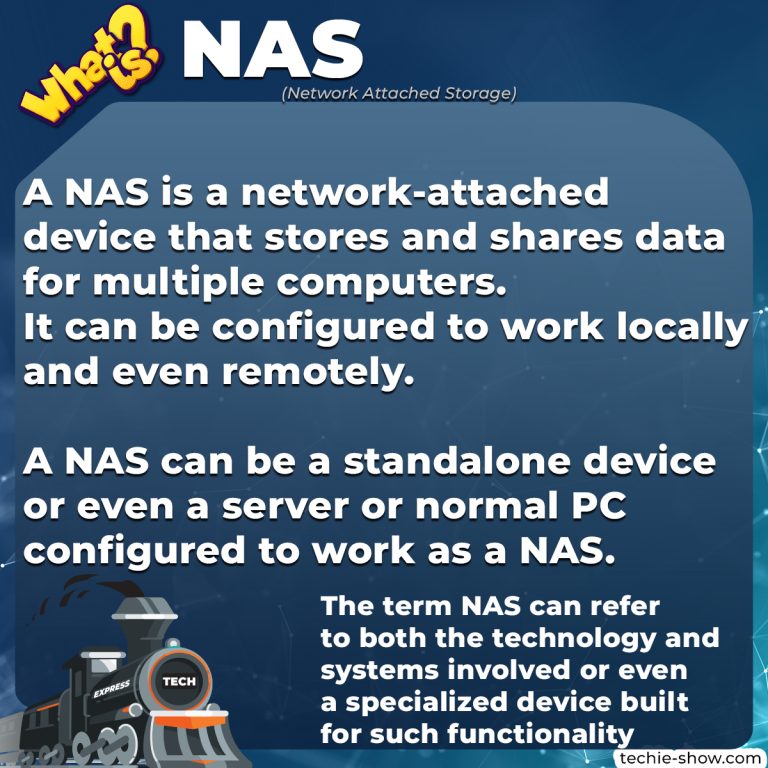A NAS is a network-attached device that stores and shares data for multiple computers. It can be configured to work locally and even remotely.
A NAS can be a standalone device (like a Synology NAS), or even a server or a normal PC configured to work as a NAS.
The term NAS can refer to both the technology and systems involved or even a specialized device built for such functionality.
While we’re on the subject, no, a NAS optimized hard disk drive is not just marketing. Some products actually are optimized to run in a NAS and can be more durable that a standard product.
If you’re into self-hosting, do know that software like OpenMediaVault, Unraid and others, can help you convert a normal PC or a server into your own NAS device. This is the route I’ve taken, as one of my old systems is now a NAS with the help of OpenMediaVault.
What do you store on a NAS device?
Well, anything! Some people have one for work, others hold personal files, others have media files like movies and photos. You get it.
A NAS truly shines when you need multiple devices to access that data. Even if it’s just locally like sharing media files or something like that.
Another great thing is that you do not need your PC to be turned on in order for your TV to get those movies from Plex. Apart from that, you can even go a step further and have your NAS in a different room. Thus no noise and no heat comes from that NAS in the room you are in.
Something importat: yes, having some files on your laptop and on your NAS is a safety bonus. But a NAS IS NOT A BACKUP! Having files on a NAS is not a proper backup strategy. And while it might work for a while and be accesible, it’s enough to lose some of your files just once.


